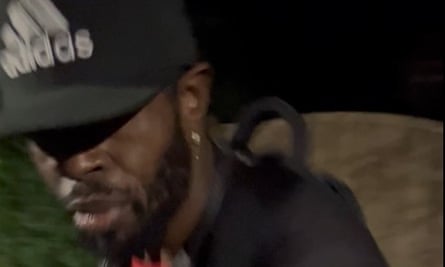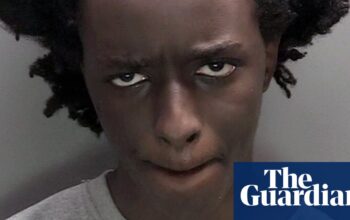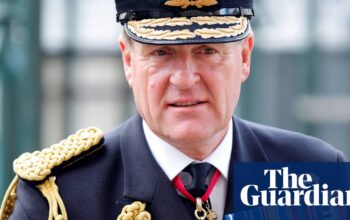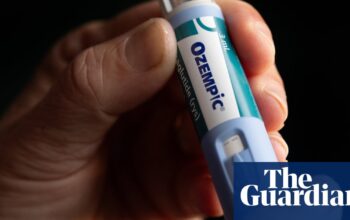Human remains were found at a house in west London as police investigated the discovery of the body parts of two men in a pair of suitcases near the Clifton suspension bridge in Bristol, Scotland Yard has said.
A Met police statement said: “While searching a flat in Scotts Road, W12 on Friday, 12 July, officers found human remains which are in the process of being sensitively removed. Additional postmortem examinations will be arranged as soon as possible.
“Officers believe that the remains are connected to the human remains found in Bristol, and that there are still two male victims. Officers believe they know the identity of the two men, although formal identification is yet to take place. Enquiries continue to locate and inform their next of kin.
Earlier, police arrested a man in connection with the grisly discovery on Wednesday afternoon. The Metropolitan police said the arrested suspect was “not the same man” who is the subject of an ongoing appeal, adding: “A man, aged 36, was arrested at an address in Greenwich early on Friday 12 July. He has been taken into custody where he remains.”
Police had released an image of a man after he was witnessed apparently dumping the suitcases on the bridge before fleeing on foot close to midnight on Wednesday. He can now be named as Yostin Andres Mosquera, a 24-year-old Colombian.
Police said they believe both victims are known to him.
Inquiries carried out by officers from Avon and Somerset and the Met suggest the suspect had travelled to Bristol from London earlier the same day. As a result, the Met has taken over the investigation. A crime scene is in place in Shepherd’s Bush in west London as the hunt for the suspect continues. There is no information to suggest he remains in the Avon and Somerset area, the police added.
A private ambulance arrived at the scene in Shepherd’s Bush at 6.30pm.
Deputy assistant commissioner Andy Valentine, who is leading the investigation for the Met, said: “This is a fast moving enquiry with detectives in London and Bristol actively pursuing a number of lines of enquiry.
“Locating Yostin Andres Mosquera, however, is the priority and I appeal to anyone with information on his whereabouts to get in touch.”

The suspect is described by police as bearded and wearing a black Adidas baseball cap with a white motif, black jeans, a black jacket with a motif on the chest and black trainers with thick white soles. He is also believed to have been wearing a gold earring and was carrying a black backpack.
Avon and Somerset police were called at 11.57pm on Wednesday after the man was seen acting suspiciously on the bridge.
Officers arrived less than 10 minutes later but the man had left the scene, leaving one suitcase behind. A second suitcase was found nearby a short time later. Both were found to contain human remains.
A University of Bristol student, Reece Wright, told the BBC he had been walking near the bridge with his girlfriend on Wednesday evening.
“As we were walking along and got towards the other end, we thought we could see blood on the pavement of the bridge,” Wright said. “As we kept walking further along, we went down and turned and heard commotion behind us and we saw a cyclist chasing after a man who was just running away.
“He was making a lot of noise. They stopped and the guy managed to get away.”
Wright said one of the suitcases, which was blue, had two wheels broken off and “red stuff which we now know to be blood leaking out of the side near the zip, it was quite graphic”.
The bridge, designed by Isambard Kingdom Brunel and opened in 1864, reopened on Thursday after being closed for more than 24 hours. It typically has 11,000 to 12,000 vehicle crossings a day.
Avon and Somerset police said any information, excluding sightings, could be submitted on its major incident public portal or by calling 0800 056 0944.
Source: theguardian.com


